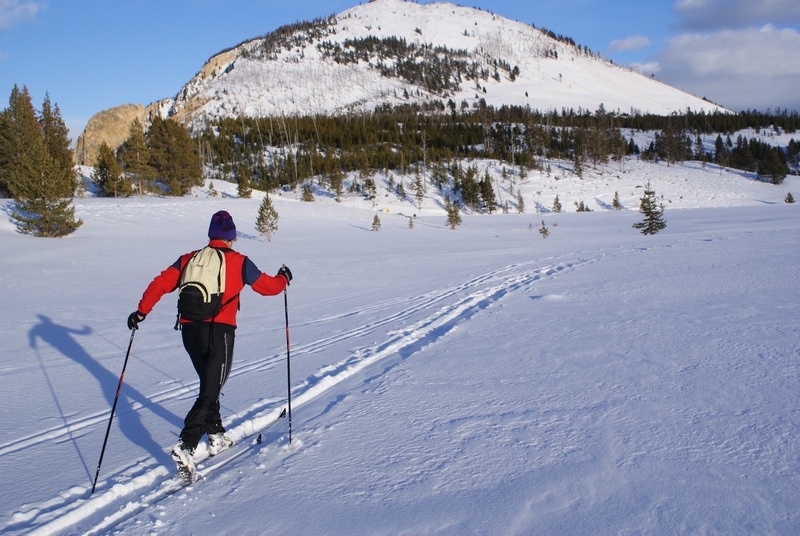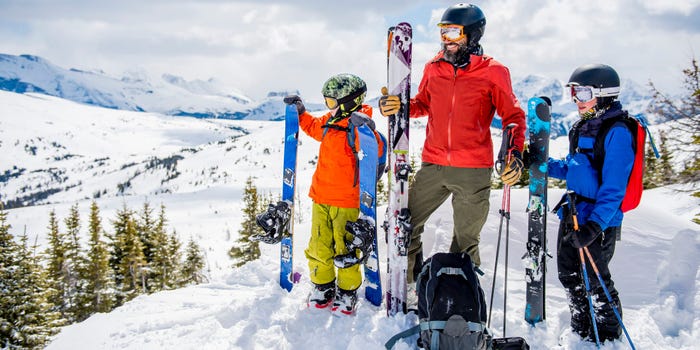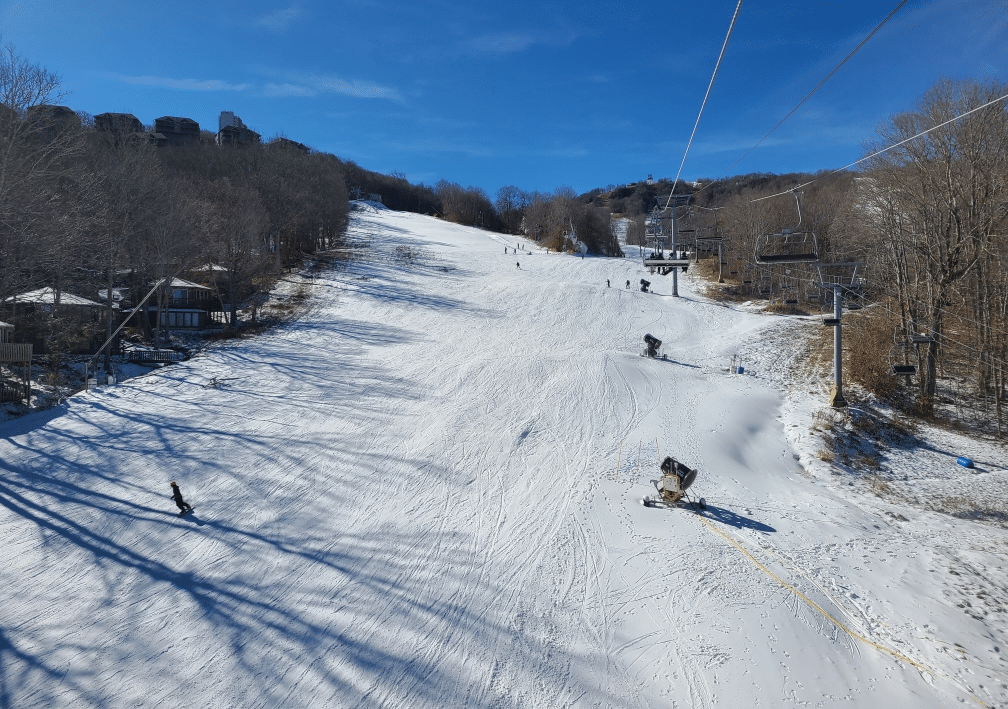
You should consider many factors when choosing backcountry ski pants. These include fit, ventilation, insulation, and weatherproofing. Your pants will need to be able to withstand the type of ski you are using.
Best Fitted Pants:
When shopping for backcountry ski pants, you'll want to look for a pair that fits snugly and comfortably over your legs. These will help prevent cold air from reaching your body and allow you to move freely while skiing. A pair that can be adjusted to your waist will also work well.
The Best Downhill Ski Pants
When it comes to downhill skiing, a pair of ski pants that have a high-quality stretchy construction is essential. These will enable you to ski freely and be more flexible on the snow. They're also easier to take off and put on when you're tired.
Some downhill ski pant designs have built-in breathability. While most are waterproof, many have water resistance. These will make them more comfortable for warmer ski days and allow you to wear a base layer that can wick away moisture.

Those made of GORE-TEX Shell Fabric
GORETEX shell fabric provides the highest level in weatherproofing. These are usually more expensive than other options, but they offer superior weatherproofing in most conditions.
These are the most popular option for serious downhill and backcountry skiers. However they can be heavy and restrictive. Three-layer ski and snowboard pants are best. These have a waterproof shell, breathable membrane and an interior liner. Although they are more expensive than 2-layer models, these provide superior protection and an almost skin-like feel.
Most people don't want to wear a base layer on a ski day when it's warm outside, so these will be the most popular choice for those who are looking for a lightweight, versatile pair of ski pants that can handle any conditions you may encounter on the mountain.
A good base layer should help to wick moisture away from your skin and onto the outer skin of your clothing. This will prevent sweaty chafing and keep your skin dry. This is especially important for those who ski in the sun and on warmer days.
Insulated:
Those that are insulated with down or synthetic materials will have heat-trapping properties that will keep your body warm in extremely cold temperatures. A wicking base-layer is recommended to manage moisture and keep your skin dry, but if you're skiing in a very cold temperature, a heavy insulated layer will keep you warmer than a lighter insulated one.

These insulated pants can be worn in colder weather, so pair them with an extra layer of warmth and a base-layer to ensure comfort when skiing in very cold or hot conditions.
Best Ski Mountaineering Pants
These are pants we would recommend to any experienced ski mountaineer. They've proven to be tear-resistant while climbing rocky summits in Chamonix, France and aptly fought off moisture during a spring storm on Washington's Crystal Mountain. A D-ring transceiver attachment is included and reinforced bottom seams are added for extra utility when skiing off the beaten track.
FAQ
What snacks can I bring on the plane?
You can choose from many types of snacks when you fly. You might consider bringing along any food items you enjoy while traveling.
If you love chocolate, for example, you might want some chocolates and other treats like biscuits and crisps.
You might consider packing cheese or crackers if you are looking for something savory.
It's also worth considering what kind of beverages you'd prefer to have aboard. Perhaps you like hot or cold beverages?
No matter what type of snack you bring, ensure that they are packed securely and safely.
So you don't have to worry that they might get damaged on the road.
What should you do first when you arrive at your destination?
It is a good idea to have a plan for when you get to a destination. This will help you plan what to do and where to go next.
Plan ahead to make sure you don't overlook anything.
If you plan to spend more than one day in a given city, it is important to research the museums, parks and landmarks that you would like to see.
You might also want to get a map and learn more about the history of the region.
Are you worried about losing something while you're on the road?
Yes, I often forget stuff. This is more common when I go on a short trip. Fortunately, I always have everything, so I never run short of things.
For example, I always have my passport with me. And I always check whether I have enough money when I buy tickets.
I also keep my phone charged. And I use a small bag to store other items.
What documents should be kept handy while on the road?
To make it easy to find important documents on the road, keep copies at home. Also, keep copies of your passport, driver’s licence, and other identification cards, along with any credit card information, in case you need them, to make it easy to access when you travel.
It's always a good idea for you to have a photocopy with you of your passport in case you need it.
Do not forget to include copies and reservation confirmations. These will help you to remember where you are and what you want to see.
Also, keep a duplicate of your flight ticket as well as details about your hotel reservation. You can contact your family back home easily if you are in trouble.
Finally, it's always a good idea not to leave anything valuable unattended. Make sure you have a place to store your valuables, such as a money belt or in your luggage.
Check your bag before you go to prevent losing expensive items.
Remember, it's safer to keep things simple rather than trying to plan everything.
Relax and enjoy your trip!
Statistics
- Alcoholic beverages with 24% alcohol or less are not subject to limitations in checked bags. (tsa.gov)
- You can use compression sacs or cubes to reduce the volume of your clothes by up to 80%—this is especially convenient for bulky items such as sweaters and jackets. (eaglecreek.com)
- No Checked Bags: No Alcoholic beverages with more than 70% alcohol (over 140 proof), including grain alcohol and 151 proof rum. (tsa.gov)
- Pack sweaters, jackets, and underwear in reusable compression bags creating up to 75% more space in your luggage. (wikihow.com)
- That's an 18% jump from 2019, the previous record year. (travelandleisure.com)
External Links
How To
How to have a weekend getaway
A weekend away can be a time to relax, reflect, and have fun. It's a chance to relax, recharge, disconnect, and unwind.
It is also a good time to reflect on your values and how you spend weekends. If you have the opportunity to travel for work, you may find yourself reflecting upon what makes it so rewarding.
But whatever your reason for taking a break from the office, make sure you schedule plenty of activities during your trip.
You will probably want to spend time alone, but still enjoy the company and friendships back home. But, it's equally important to remain active.
You can explore local attractions, go hiking, camping, or simply enjoy the sunshine while on the road.
And make sure you give yourself ample time to rest and recover after each activity. After all, it's easy to burn out when you're constantly pushing yourself. So plan ahead and leave room for downtime.
After landing safely, you will probably be looking forward to relaxing once again. It won't take long for you to be eager to get back on the ground.
Do not let yourself get behind. Make sure you set aside time daily to catch up on emails and projects.
You will feel more connected, and less overwhelmed. You won't miss any opportunity to grow your business.
Do not hesitate to ask for help. Sometimes you may feel lost and unsure about what to do next.
Contact a friend or colleague if you need help. Remember that no matter how hectic your life becomes, there is always time to have a quick chat.